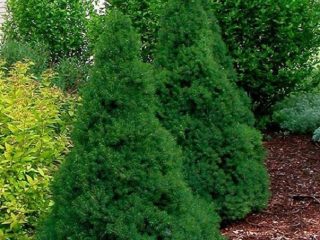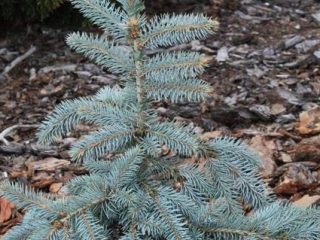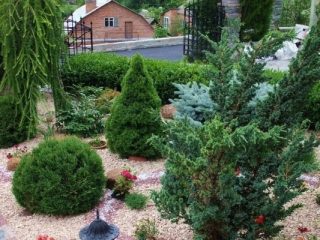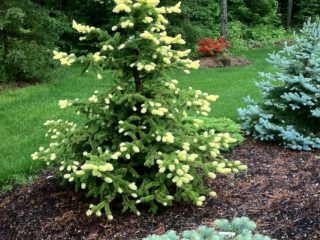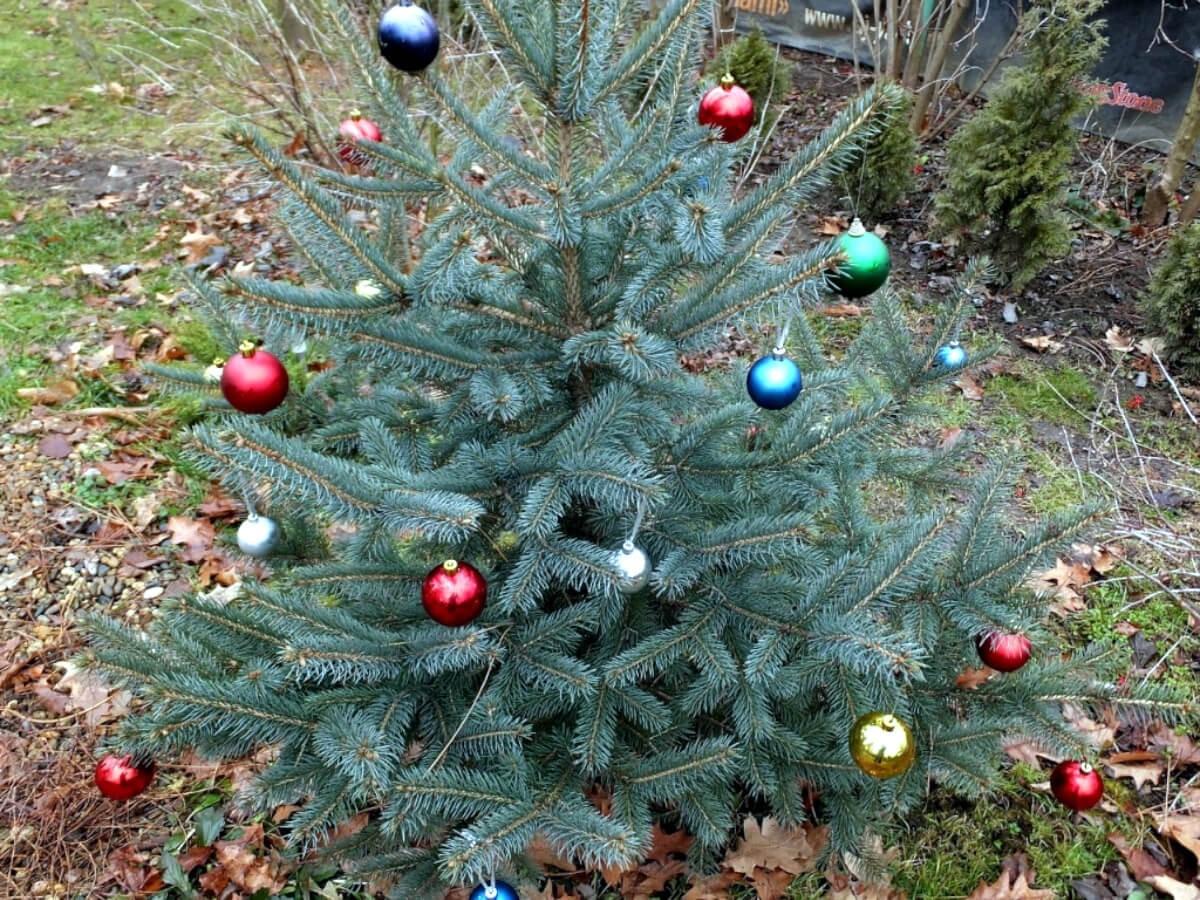Content
Prickly spruces are distributed throughout the globe. They take first place in the category of the most diverse varieties. Spruce Edith deserves special attention because it has sufficient frost resistance for growing in temperate climates. Beginners sometimes call it blue or gray. In reality, the culture differs from traditional blue spruce in a number of factors.
Origin story
The botanical literature indicates that the Edith variety was bred in Poland. The history of creation dates back to 1975. The originator is Elemir Barabitz, who named the spruce in honor of his wife. Based on the description, it can be assumed that the Hoopsie variety was involved in the selection.
Description of blue spruce Edith
Prickly spruce Edith is classified as a medium-sized variety. She has a neat, cone-shaped crown. The tree grows vertically, so the volume is achieved not by the width, but by the density of the needles. The trunk has dozens of branches with prickly leaves. Spruce seedlings are green in color, while adult specimens have a silvery tint.Unlike other varieties, Edith conveys silver color much more richly.

Edith spruce is often grown for the New Year holidays
Spruce cones appear when the tree reaches six years old. They have the shape of a cylinder and grow up to 7-9 cm. In spring, the fruits are especially decorative: beautiful pink color, miniature scales.
Attention! With age, spruce cones become brown.
Edith spruce sizes
The annual growth of spruce is very slow, so in ten years the plant will reach no more than 2 m. As for the width, the seedling occupies about 150 cm of area. By the age of 30, the height of the spruce will be 7 m and the width will be 310 cm.
Frost resistance
The culture is adapted to different climatic zones. Edith spruce is grown without problems in the northern regions of the country. Frost resistance is limited to -35 °C.

Edith is cultivated in all European countries, America, Canada and even some Asian countries
The tree does not suffer from through winds, although their influence is eliminated whenever possible. This promotes uniform development of shoots, which is extremely important at a young age. Spruce seedlings do not require shelter. The exception is Siberia, where winters are severe.
Advantages and disadvantages
Edith spruce is grown in urban environments due to its tolerance to air pollution. The tree is unpretentious in every sense - in planting, care, pruning, fertilizing.
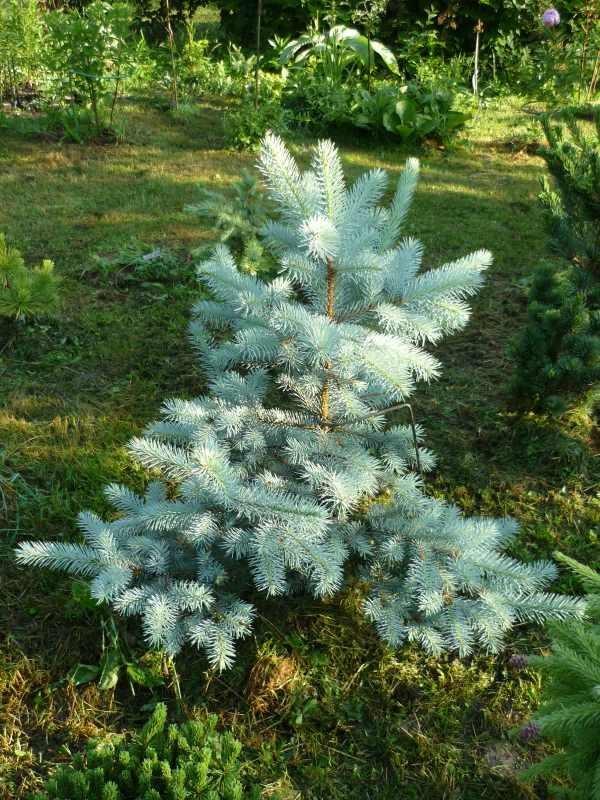
Edith is characterized by strong immunity, which protects her from the effects of pests and diseases
Pros:
- interesting crown color;
- decorativeness of cones;
- frost resistance;
- fast adaptation.
Minuses:
- resistance to heat;
- the need for regular watering.
Planting spruce Edith
The tree prefers sunny areas, although it grows well in slight shade.To speed up growth, it is better to plant it in an open clearing. In addition, the decorativeness of the crown only benefits from this. The land must be drained.
After delivery of the seedling, planting is carried out. Work is carried out in the spring or summer. The soil should be moist and well heated. A hole is dug to a depth of 50 cm or more, the width is calculated based on the diameter of the earthen clod. El Edith should feel free.
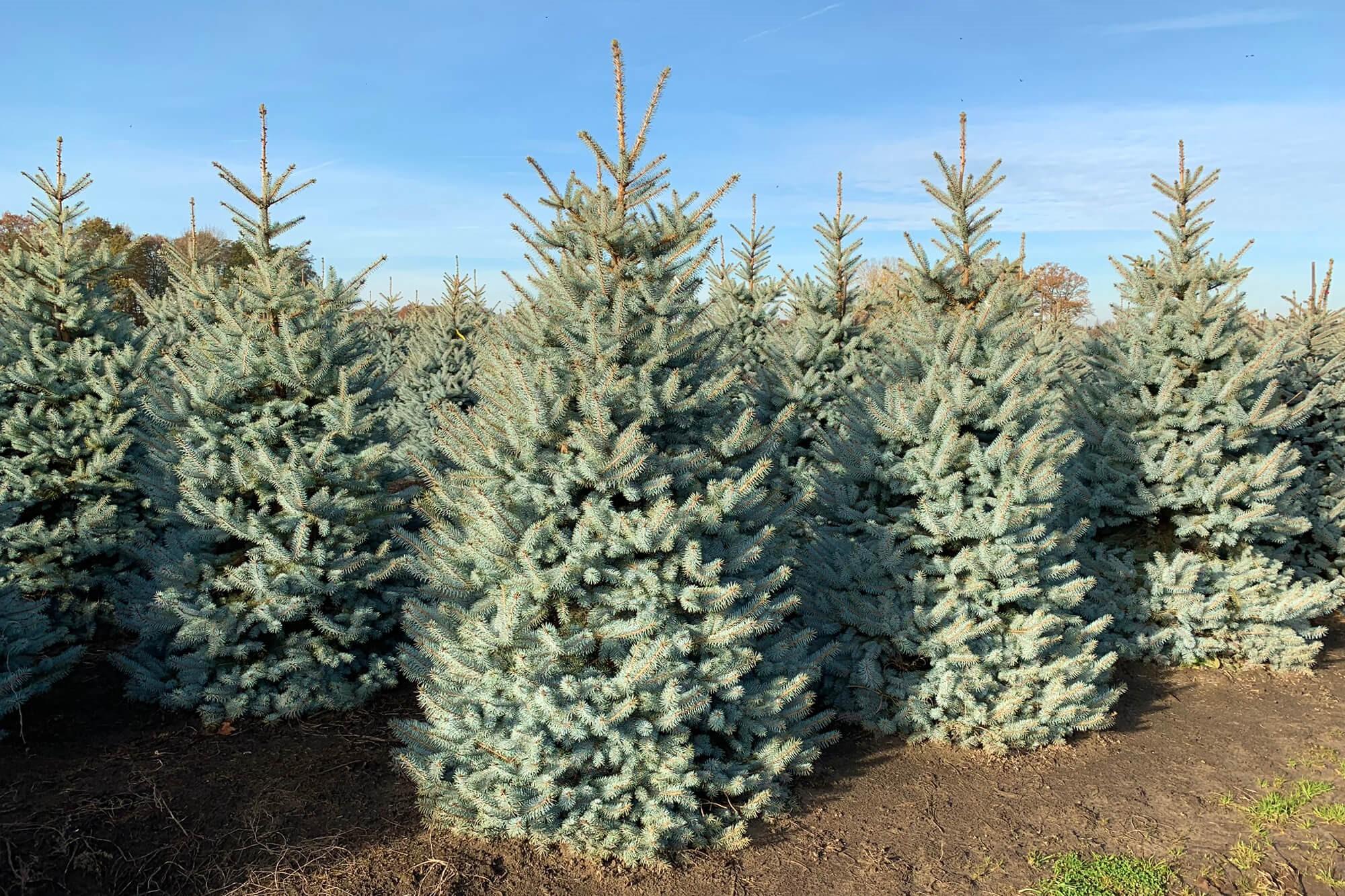
If it is necessary to plant several seedlings, take steps of 3-4 m
The rest of the procedure can be called traditional - laying drainage material, preparing the soil mixture. Gardeners recommend combining soil with forest soil, and also adding sand, mixing with a small amount of peat. The root collar is placed at the same level with the ground. After completing the planting procedures, the Edith spruce is watered and mulched.
Spruce care Edith
The watering schedule is arranged so that the soil remains moist. In the first years, the emphasis is on this, and not on feeding. The seedling is moistened 4-6 times a month. In order for the tree to demonstrate the beauty of the crown, the branches are irrigated with warm water. If fertilizers were applied during planting, subsequent additions are applied after three years.
Weeding is a procedure without which Edith's rapid development is impossible. Spruce is mulched with sawdust or dry leaves. To direct plant sap to viable shoots, pruning is carried out annually - in March and November.
Reproduction
When purchasing a seedling, it is important to pay attention to the reputation of the nursery. The appearance of the spruce also matters. A high-quality sample can be characterized by the following features:
- the presence of growth shoots at the ends of branches;
- strong, undeformed trunk;
- shiny needles with no symptoms of shedding;
- young branches do not bend or break.
If the plant has already fallen into the hands of a gardener, it can be propagated by cuttings or seeds. Cuttings are prepared in the spring, although some argue that it is better to harvest them in August to increase winter hardiness. In the lower part, the material is cleared of needles, after which it is immersed in a solution of a growth stimulator.

Experts recommend the Epin stimulator, which is enough for several treatments; six drops are enough for 200 ml
At this time, they begin to prepare the material for storage. To do this, sphagnum moss is collected - it grows everywhere - and watered. Spread the film, cut it into several strips and spread the moss evenly.
The cuttings are treated with Kornevin and stuck into the material. The film is wrapped around so that the upper part remains open. The workpiece is left for storage in the cellar until next spring. By then the spruce will take root.
For propagation by seeds, raw materials are collected in the last ten days of October. The grains are separated from the fruits, then kept in a glass of warm water for a day. The next morning, the seeds are placed in wet sand and placed in the refrigerator. Planting takes place in April. After three years, they are transplanted to a permanent place.
Diseases and pests
A large concentration of essential oils was noticed in the shoots of Edith's spruce. This is a natural resource that pests carefully avoid. However, there are several types of insects that have managed to develop immunity: aphids, bark beetles, sawflies, leaf rollers and hermes.
Their goal is the nutritious juice of the plant.As a result, the bark and needles are thoroughly eaten away, and open areas become preconditions for infection with rust, rot, rot, cancer and necrosis.
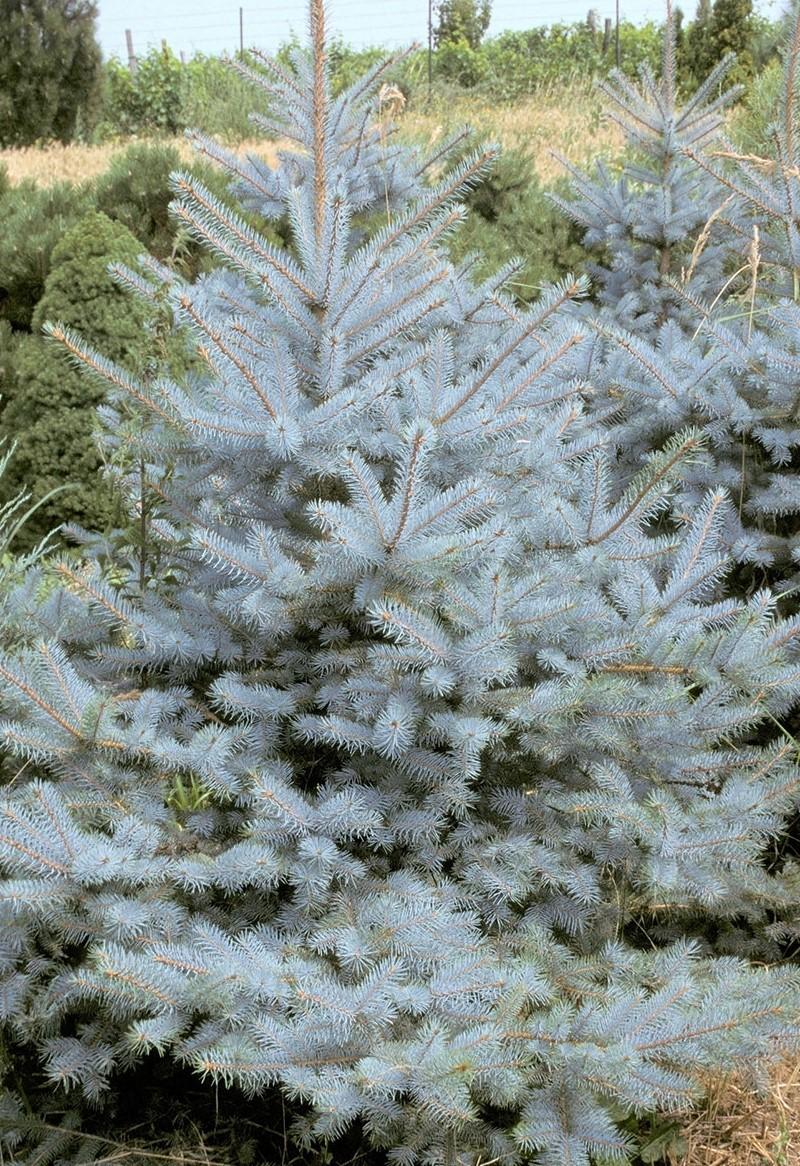
If the gardener has neglected to treat with insecticides, use broad-spectrum fungicides
The best prevention is to take care of the seedling. Edith loves a humid climate, fertilized soil, and good lighting. Sick specimens are placed in quarantine, separated from other plantings. They are sprayed with chemicals containing copper.
El Edith in landscape design
The tree has a universal purpose. The variety is good in various landscape compositions:
- like a lonely landing;
- in combination with other conifers;
- in the local area;
- for zoning the site;
- as a hedge.
Silver needles do not immediately replace blue ones. This takes about ten years, which is important to consider when choosing neighboring plants.
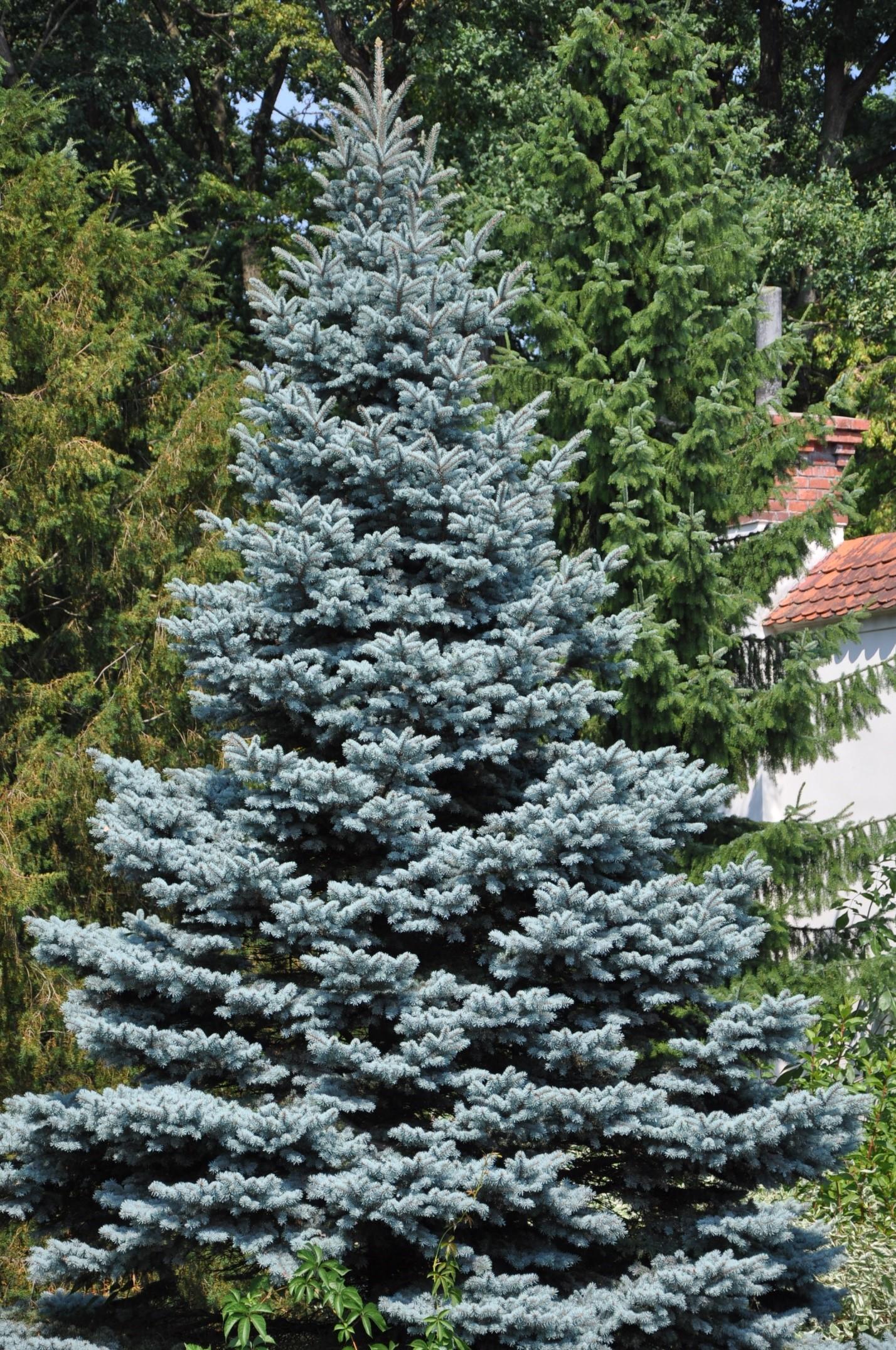
Edith does not lose her beauty in any season
Conclusion
Spruce Edith belongs to the group of thorny conifers. They are distinguished by a turquoise or silver crown, durable needles and resistance to negative temperatures. This variety is also interesting due to its tendency to develop in any, even urban, conditions. The planting procedure is traditional for all spruce trees, with minimal care.
Reviews from owners about prickly spruce Edith
